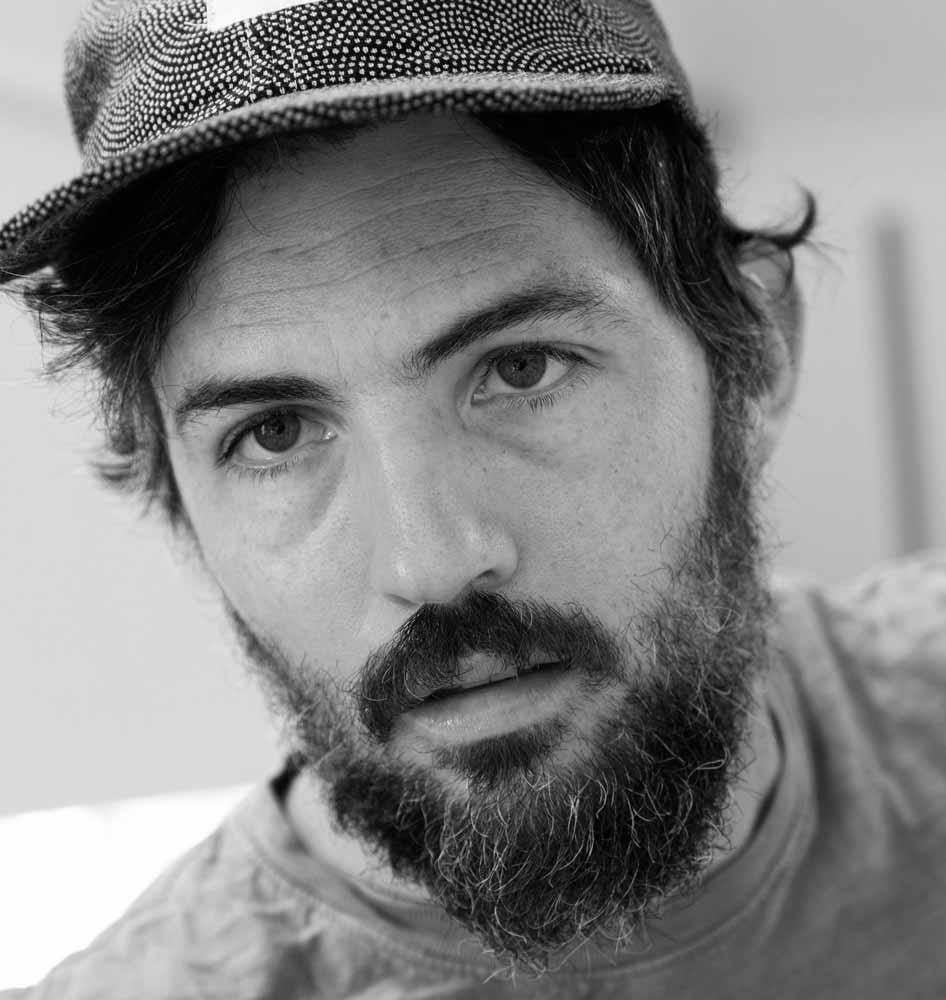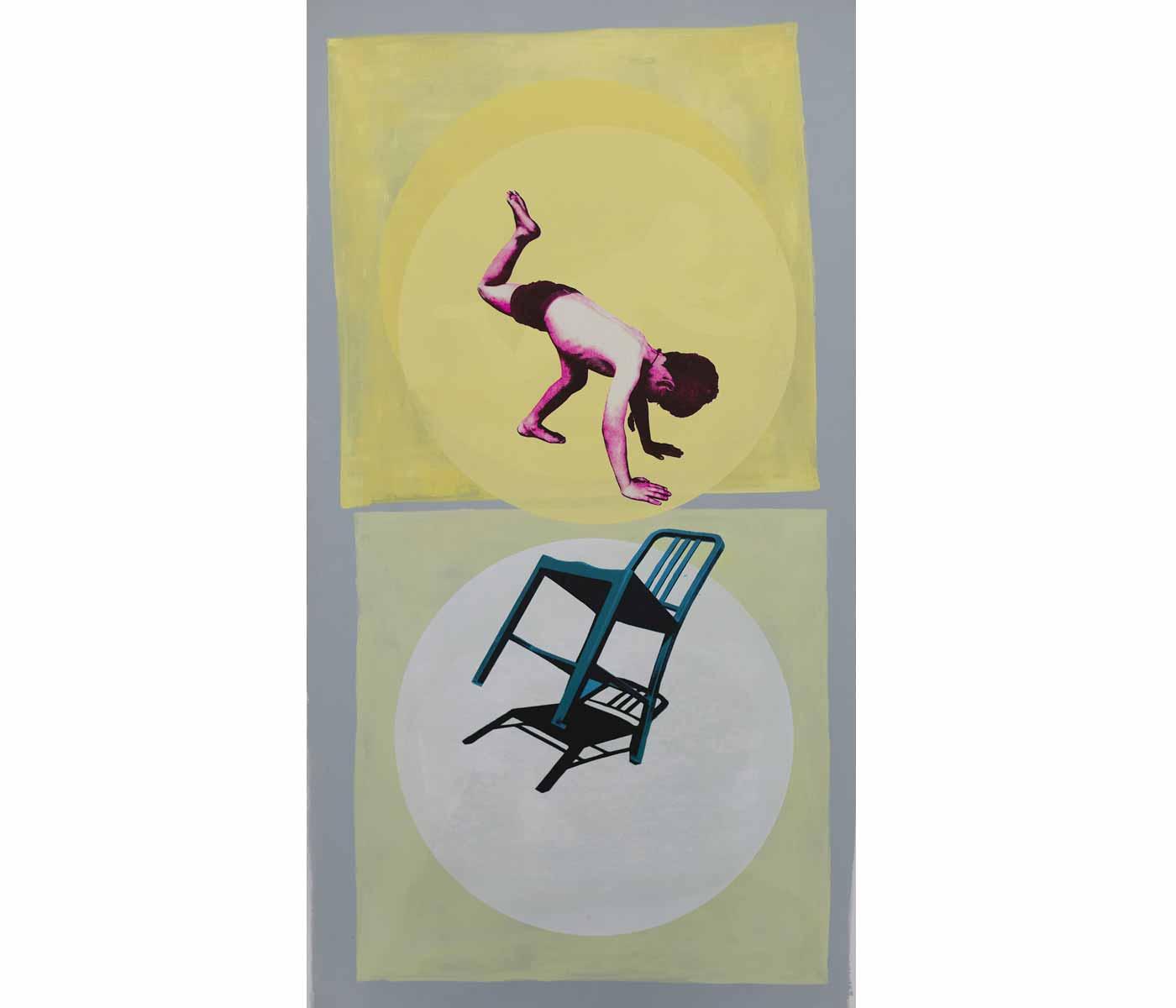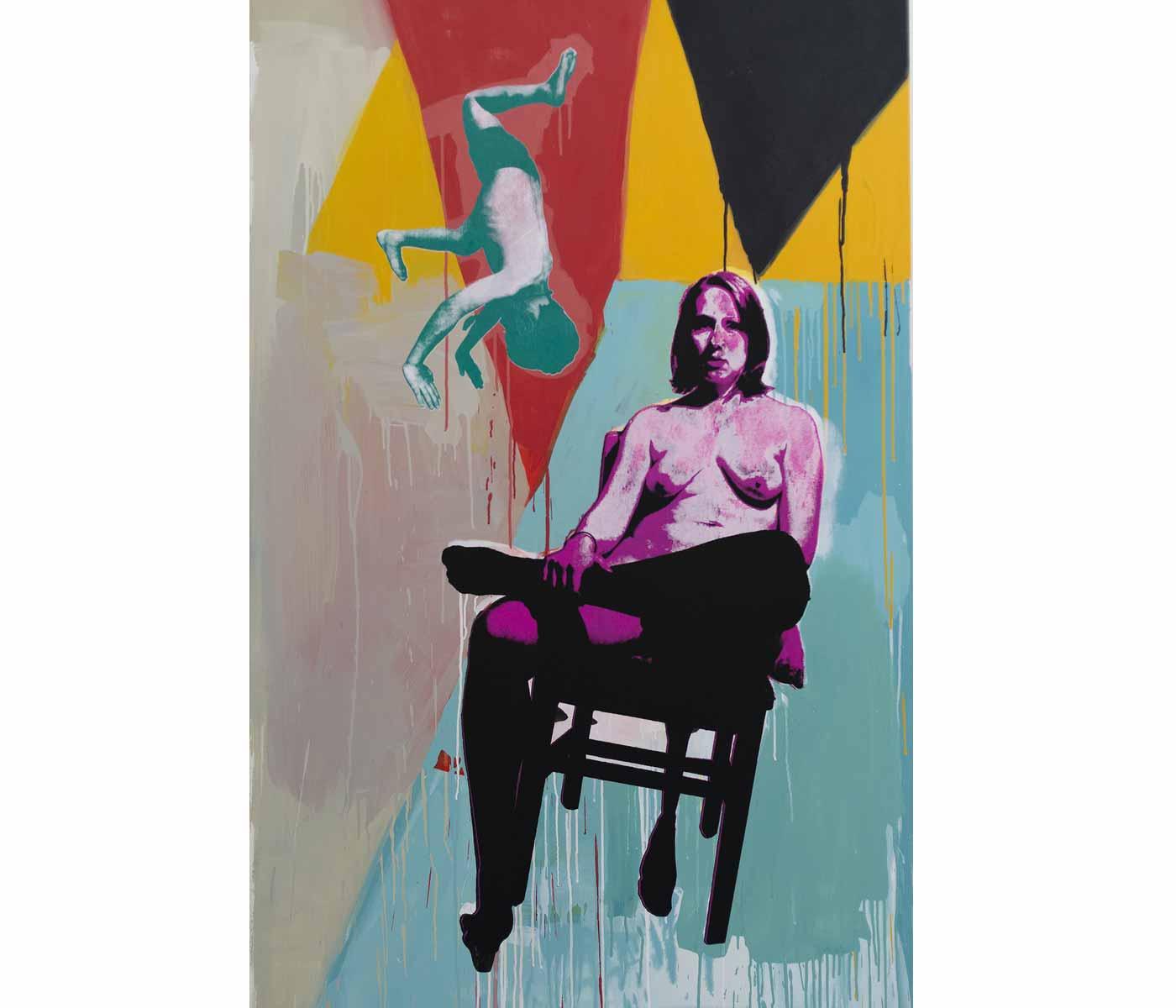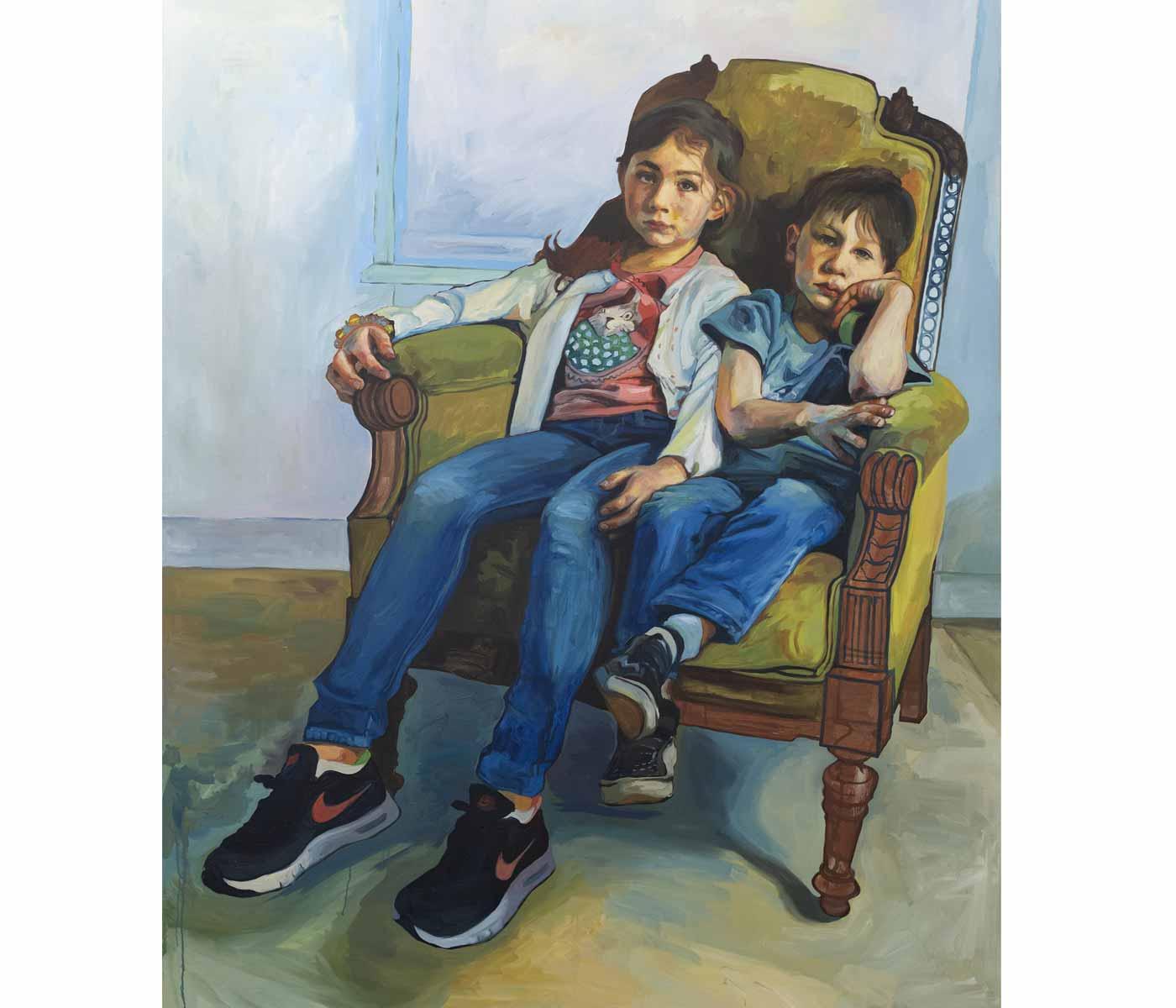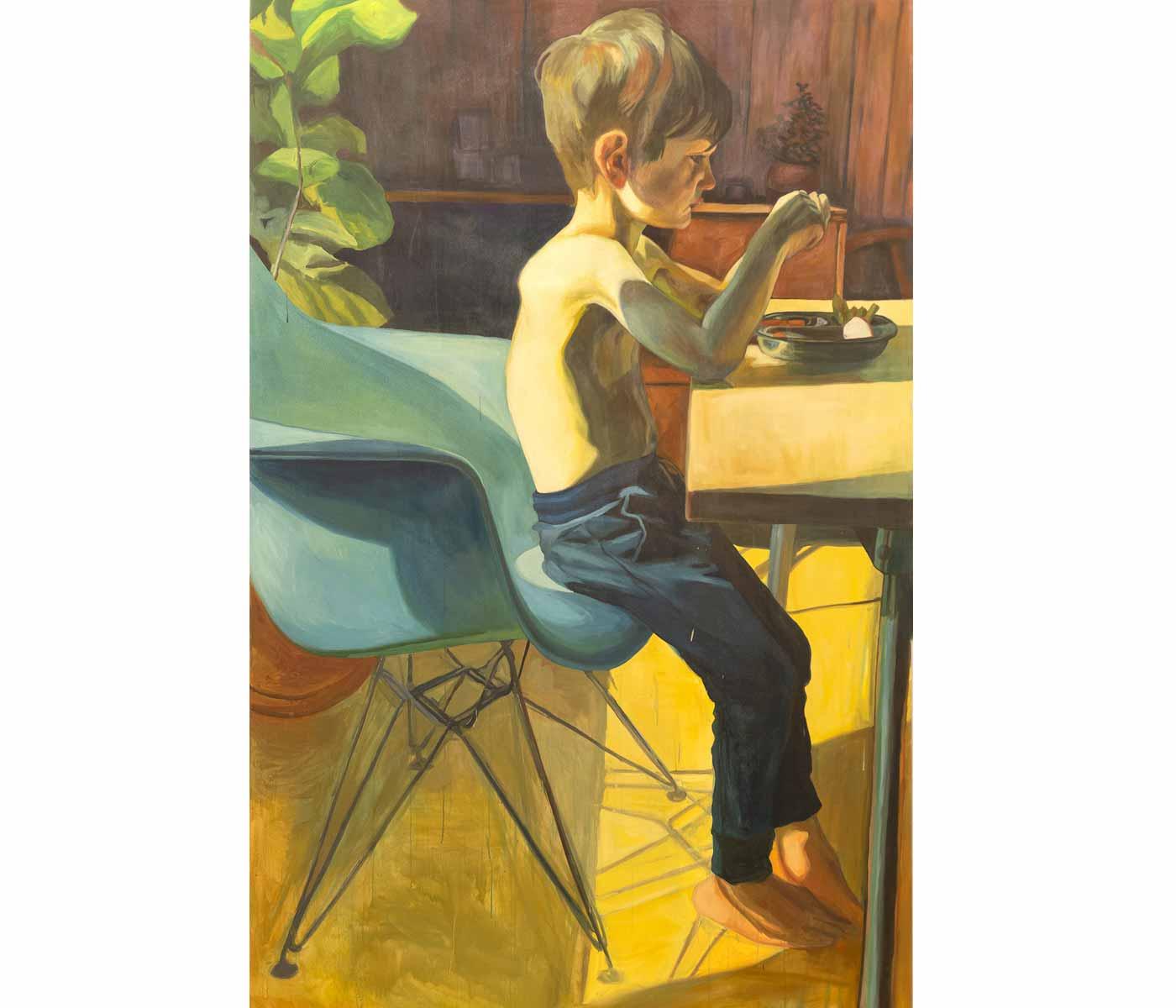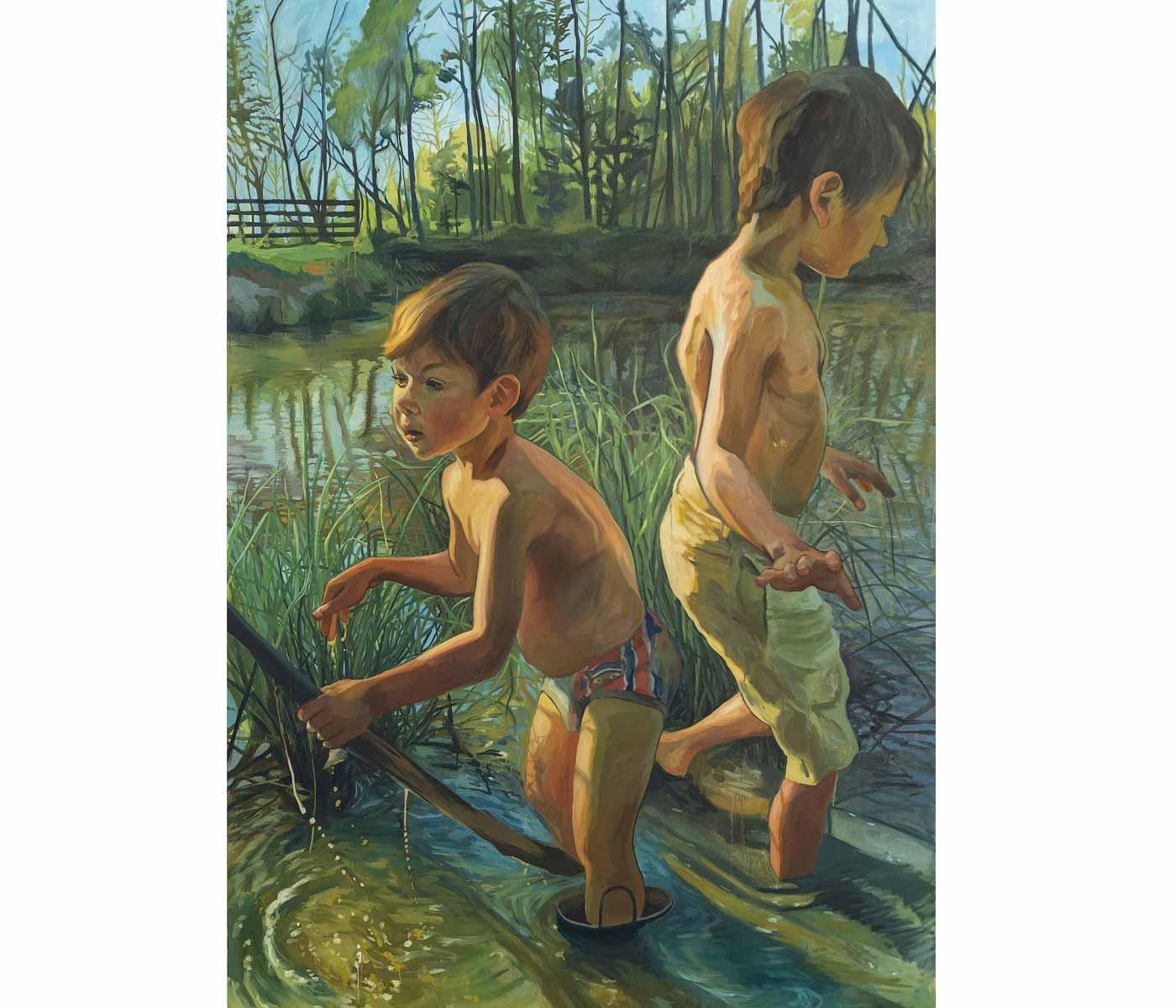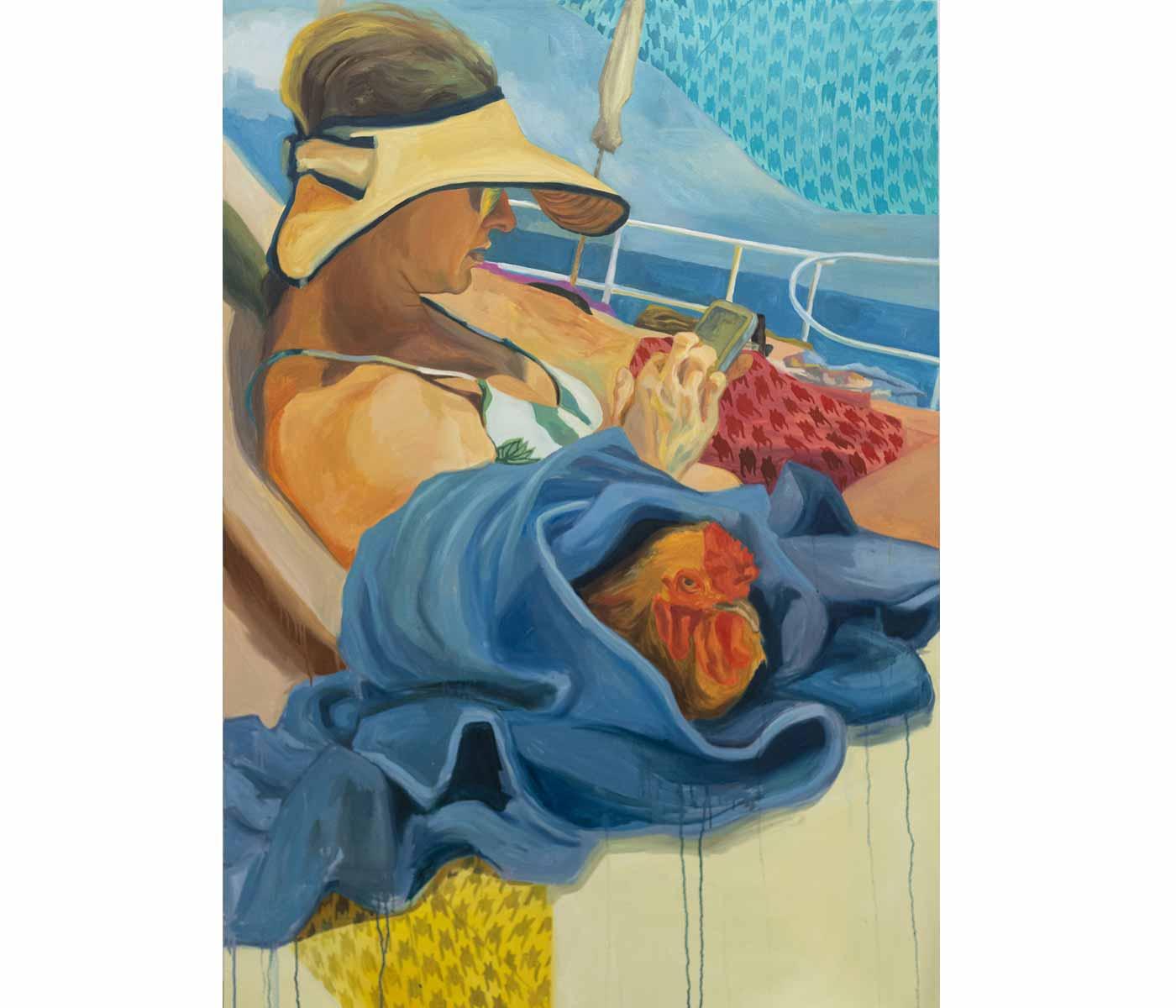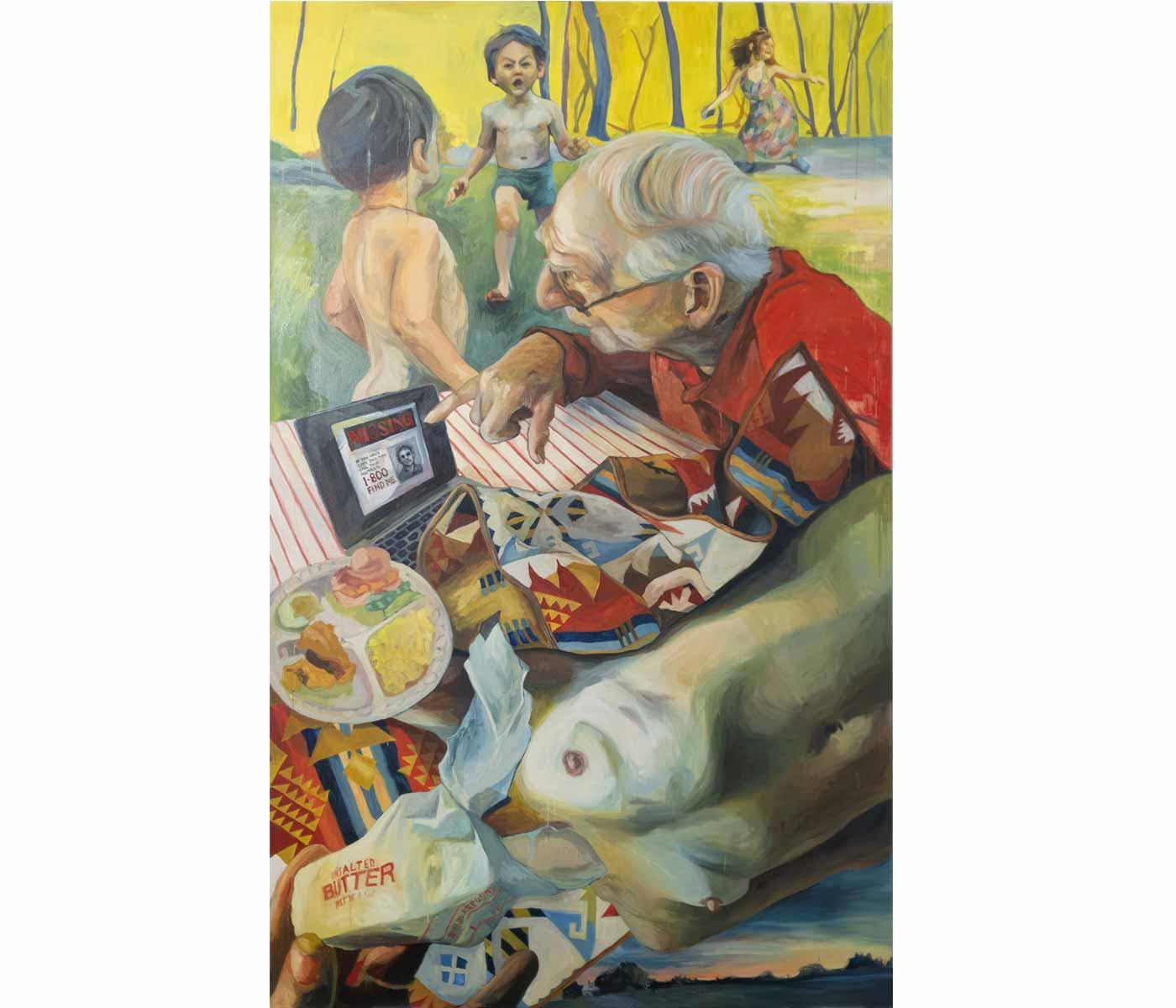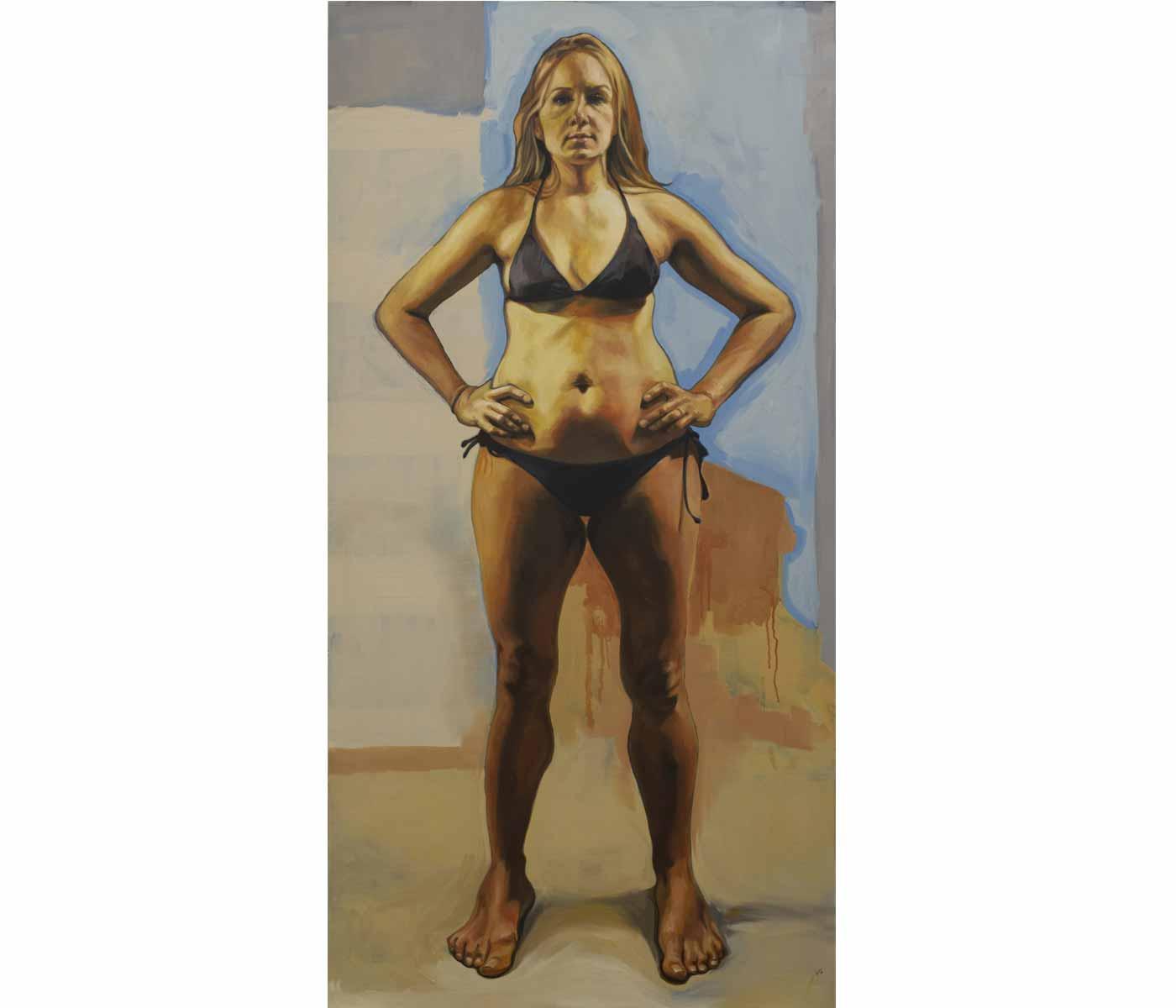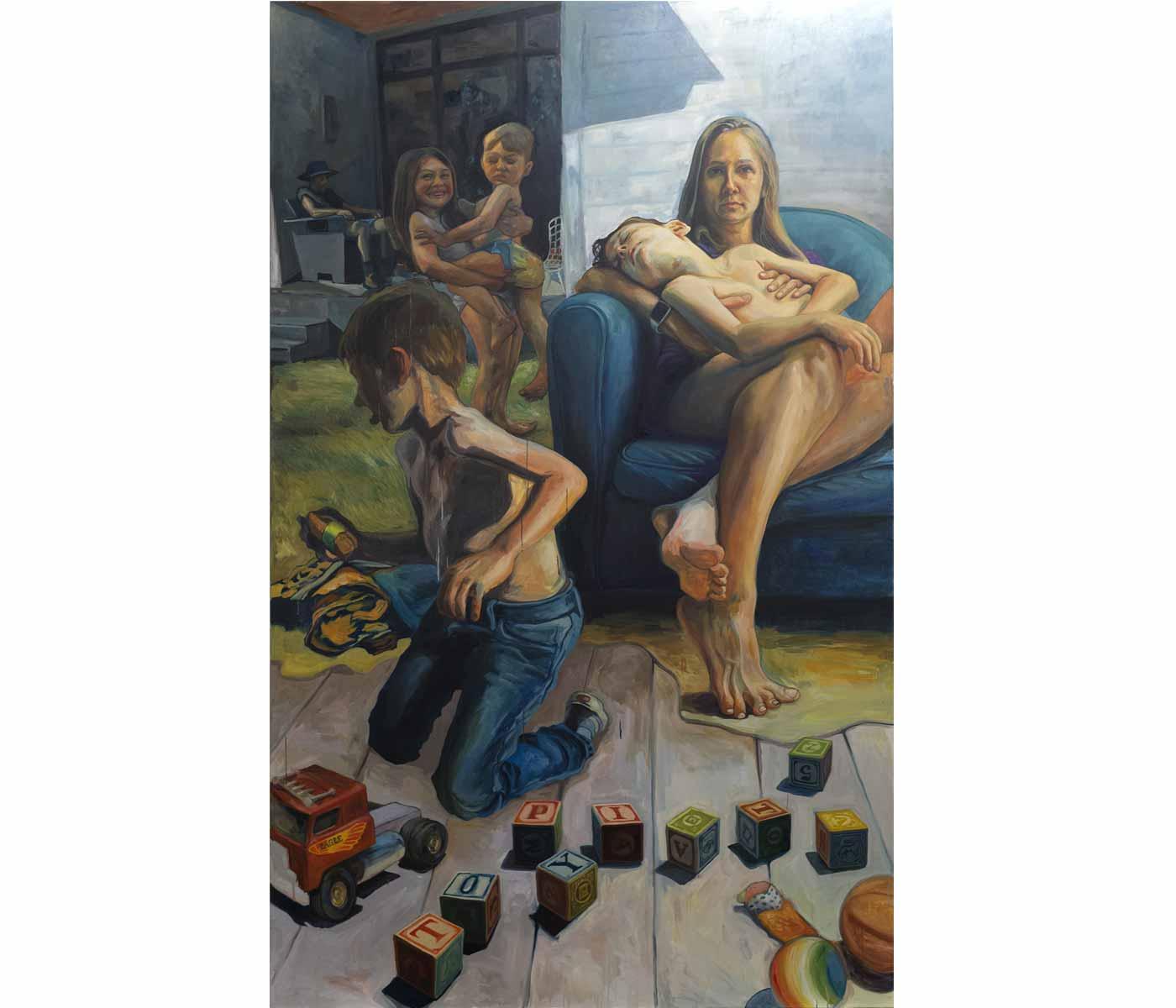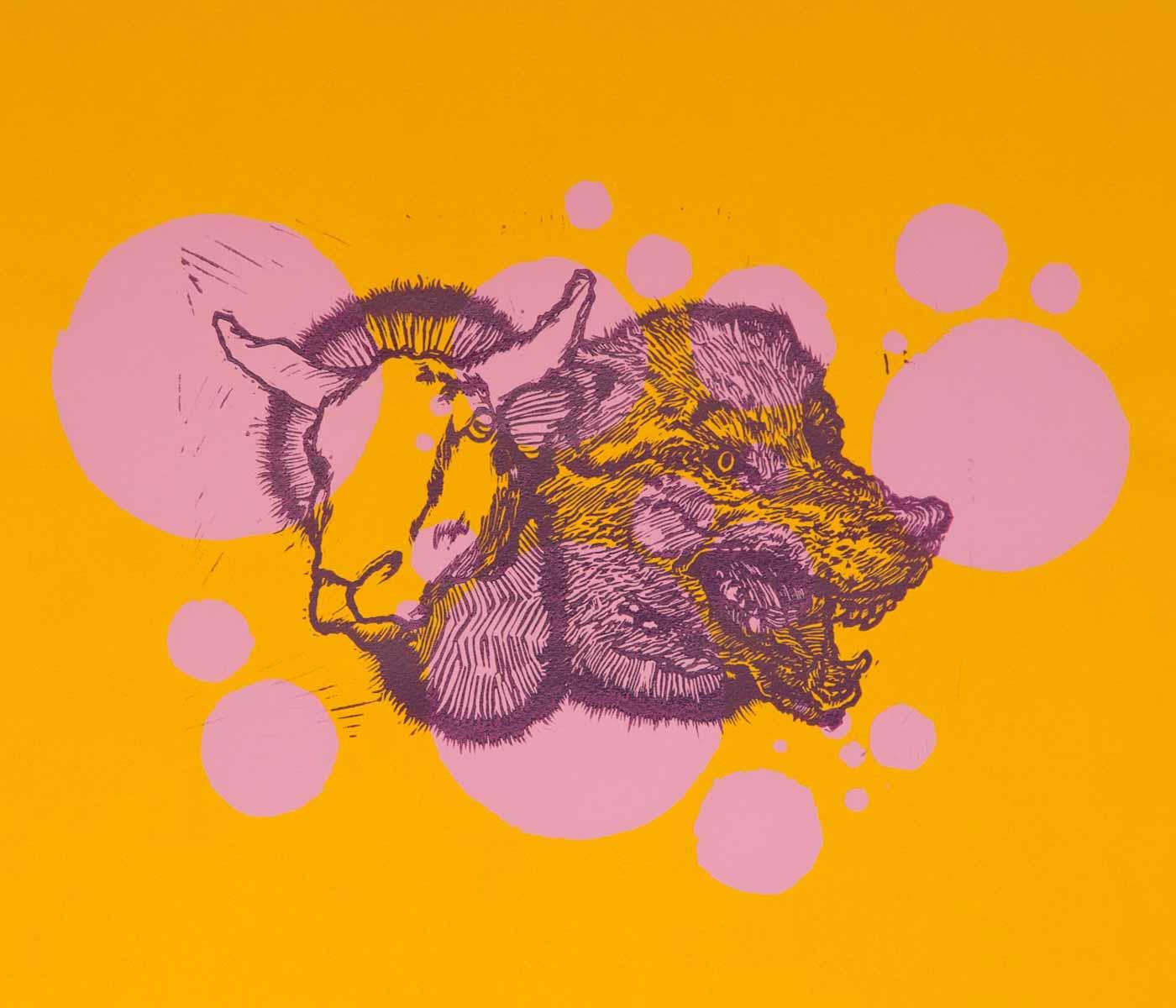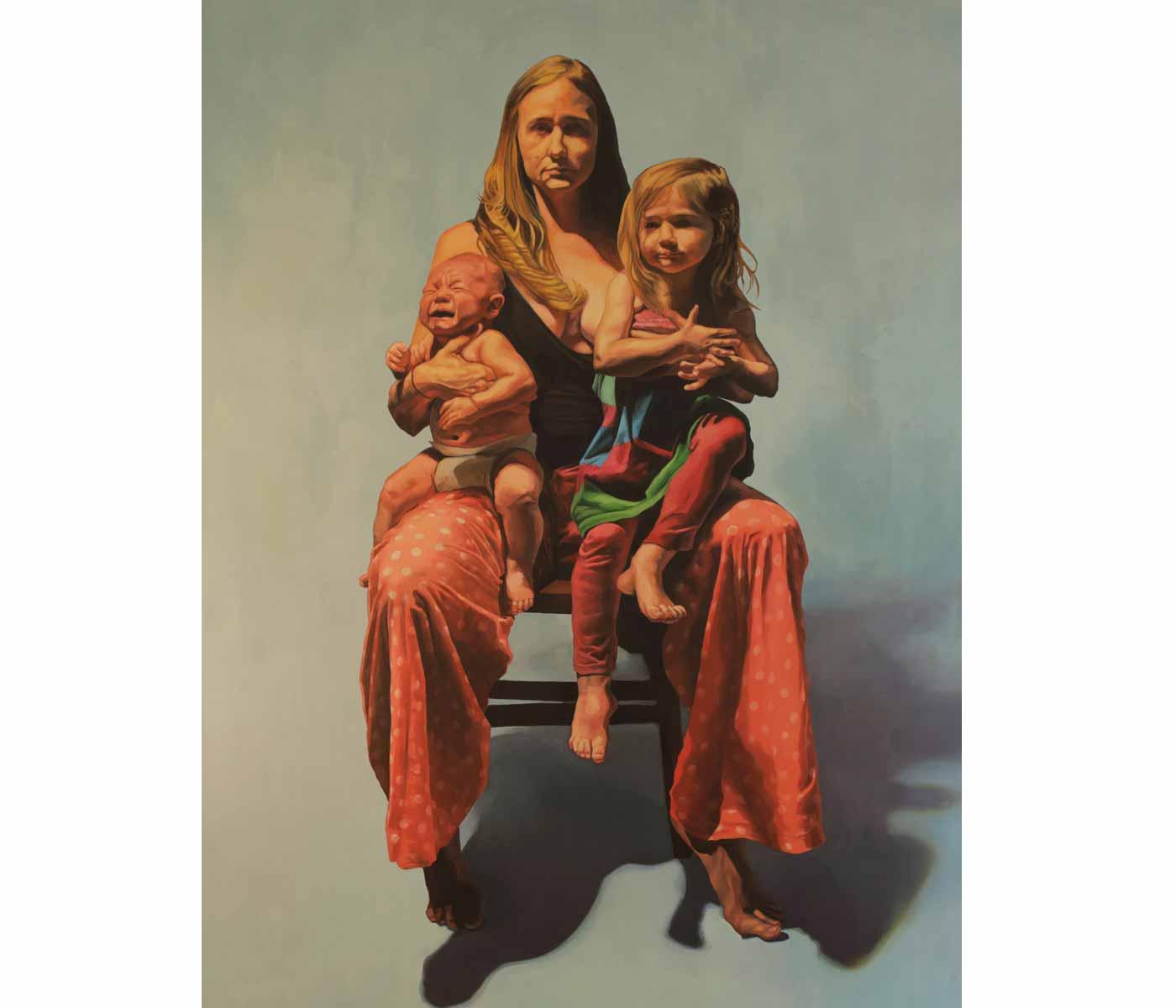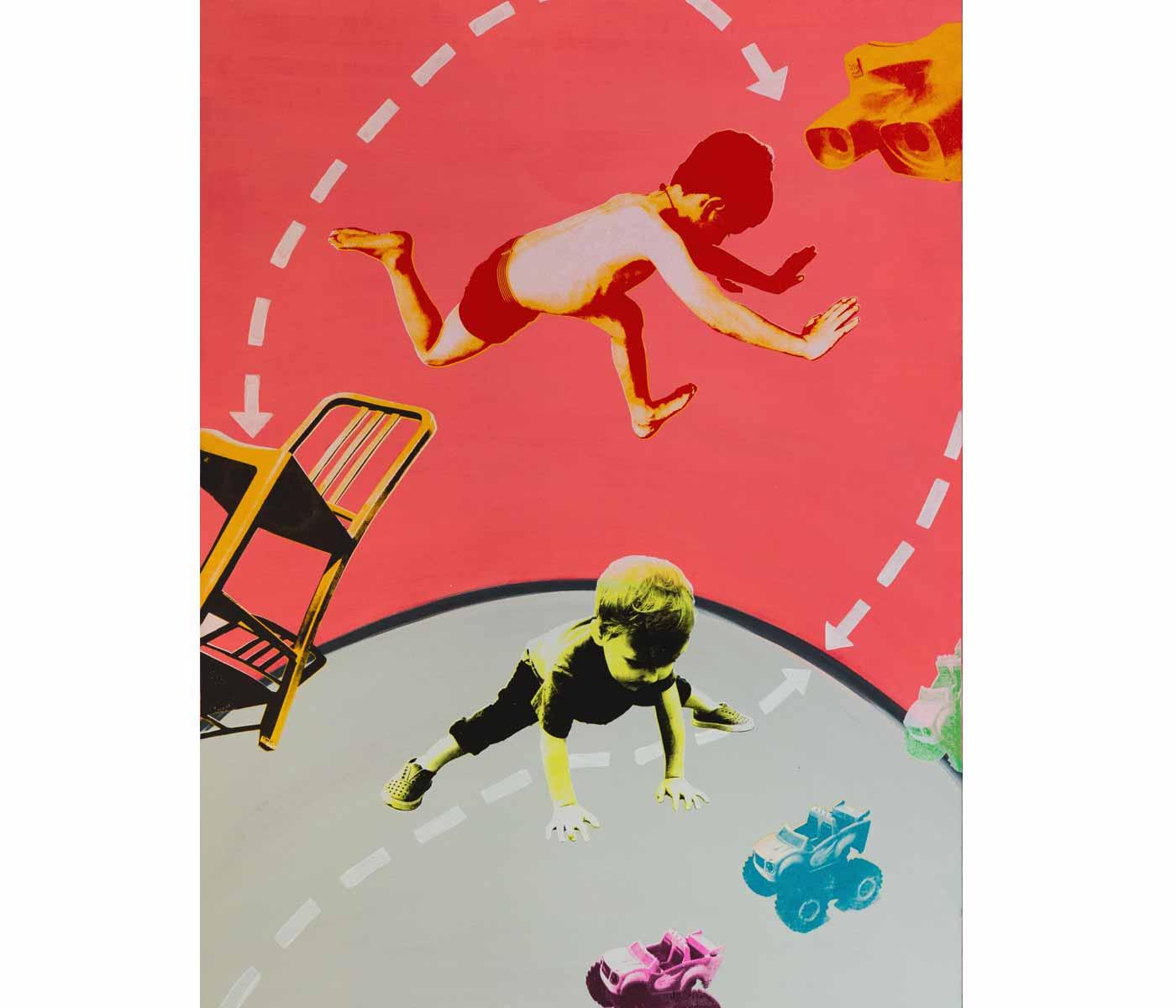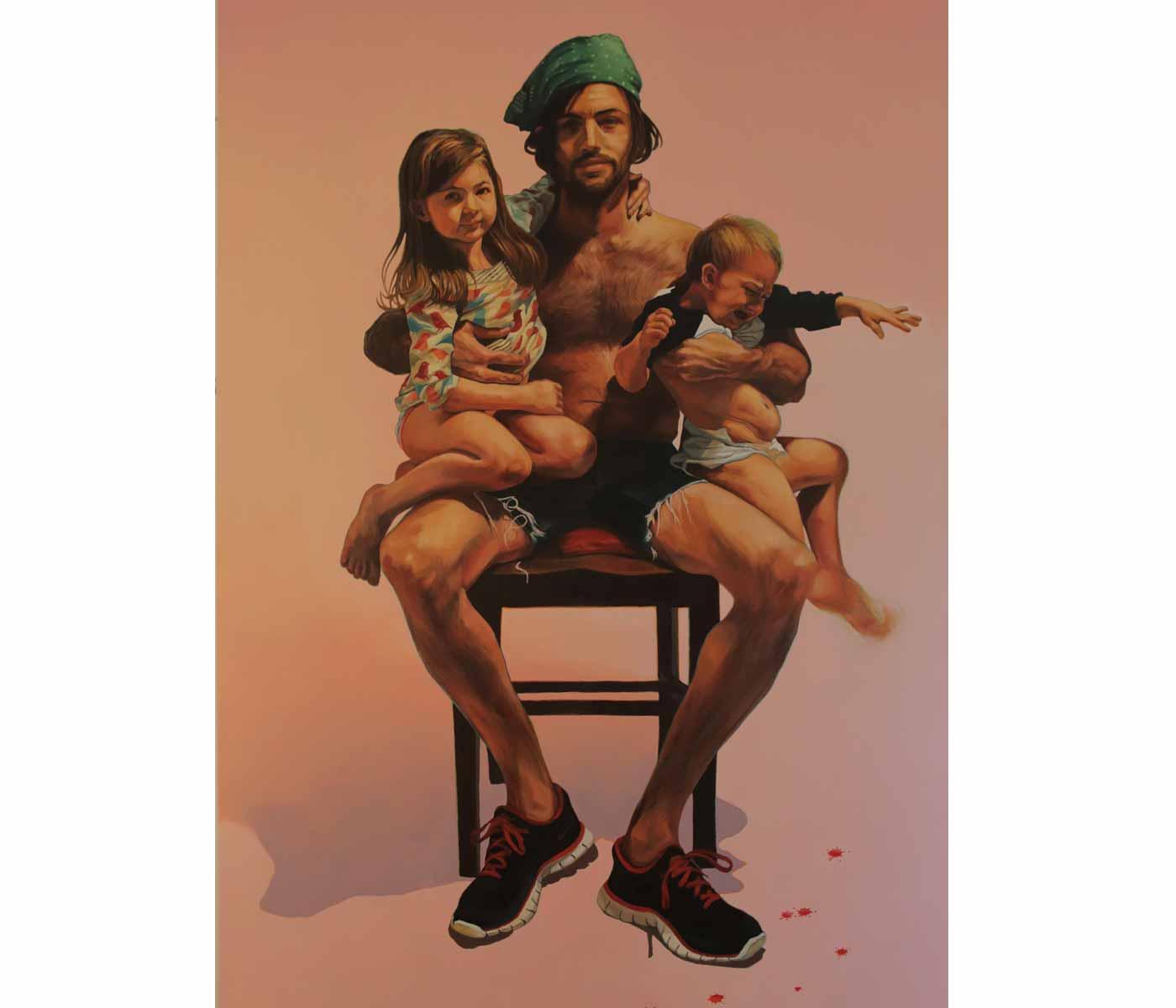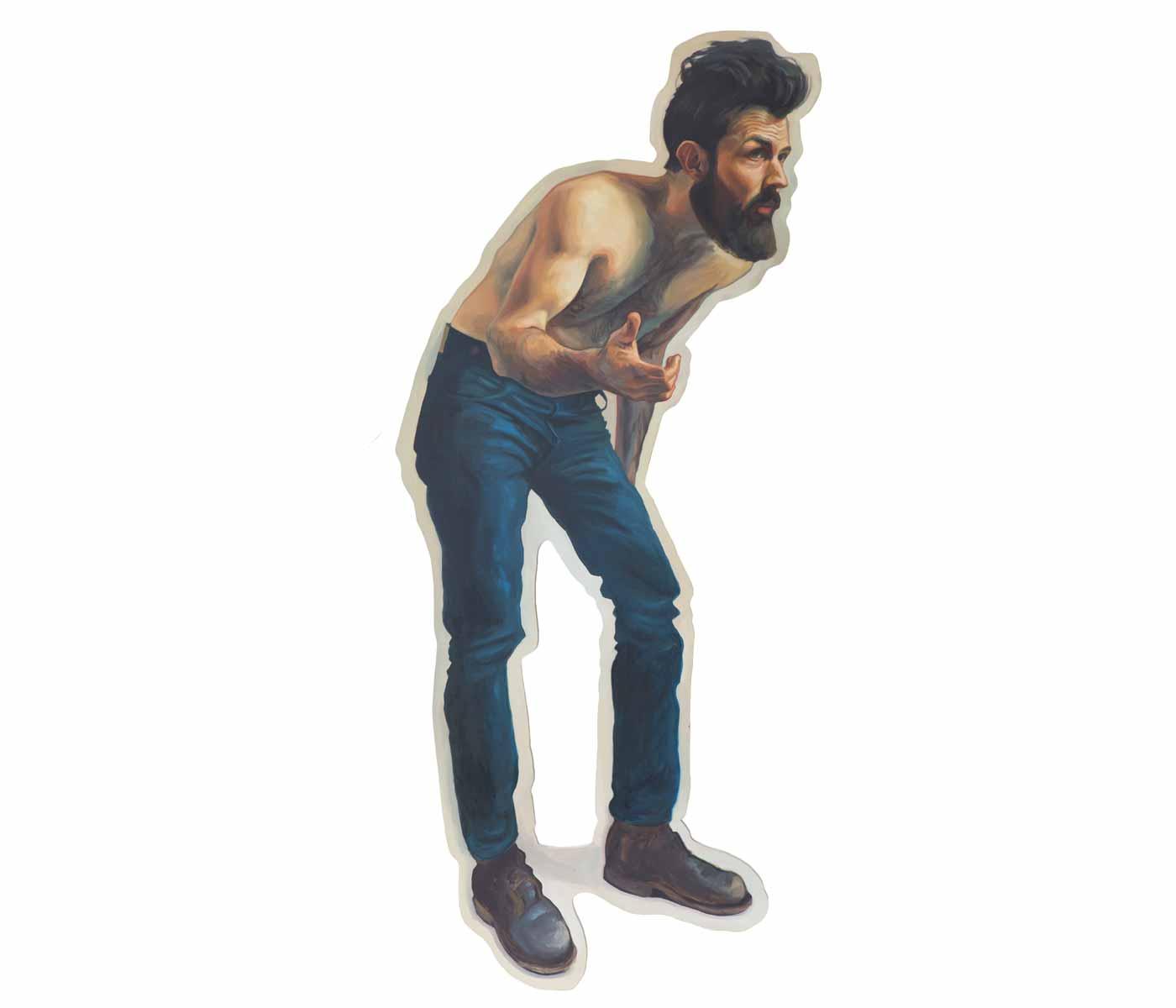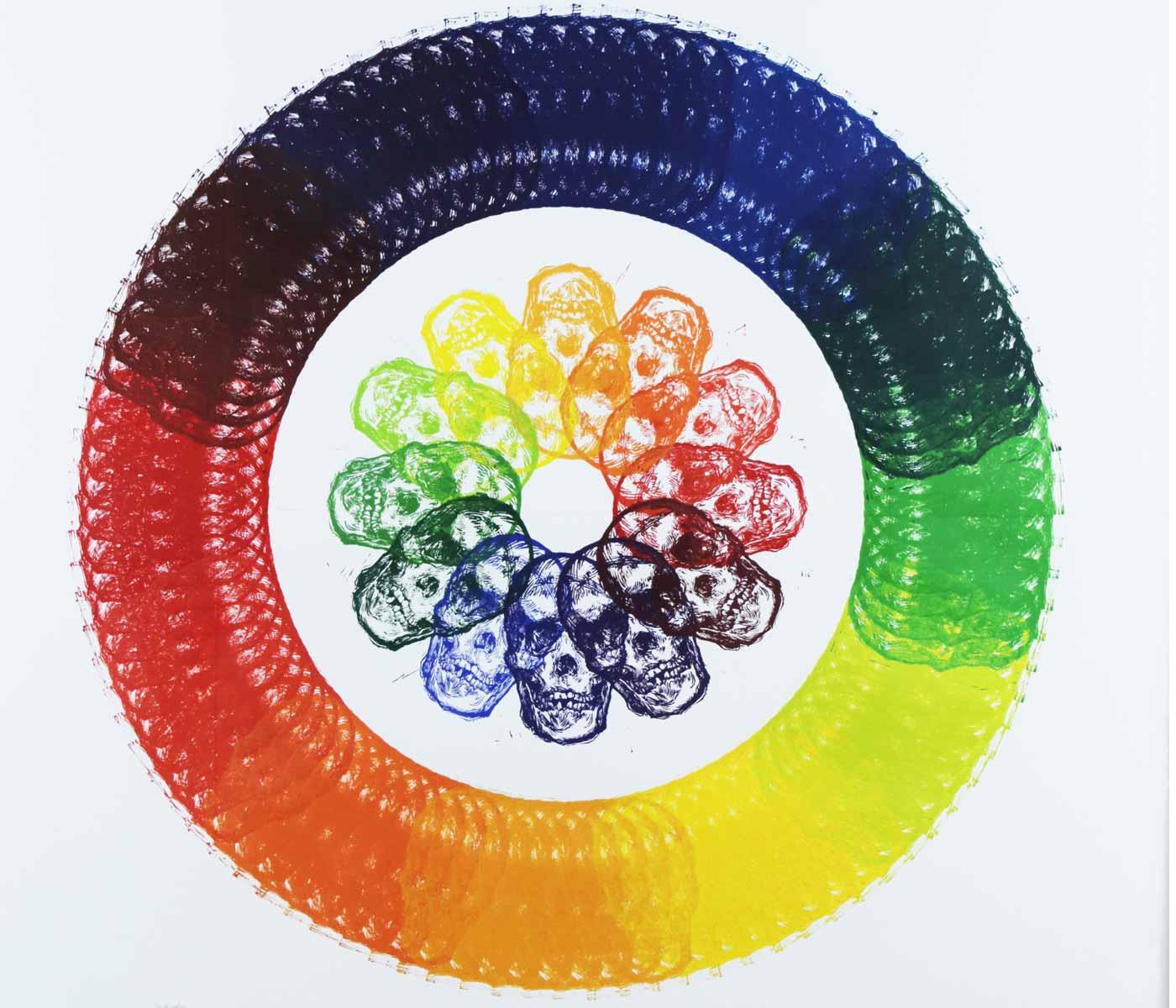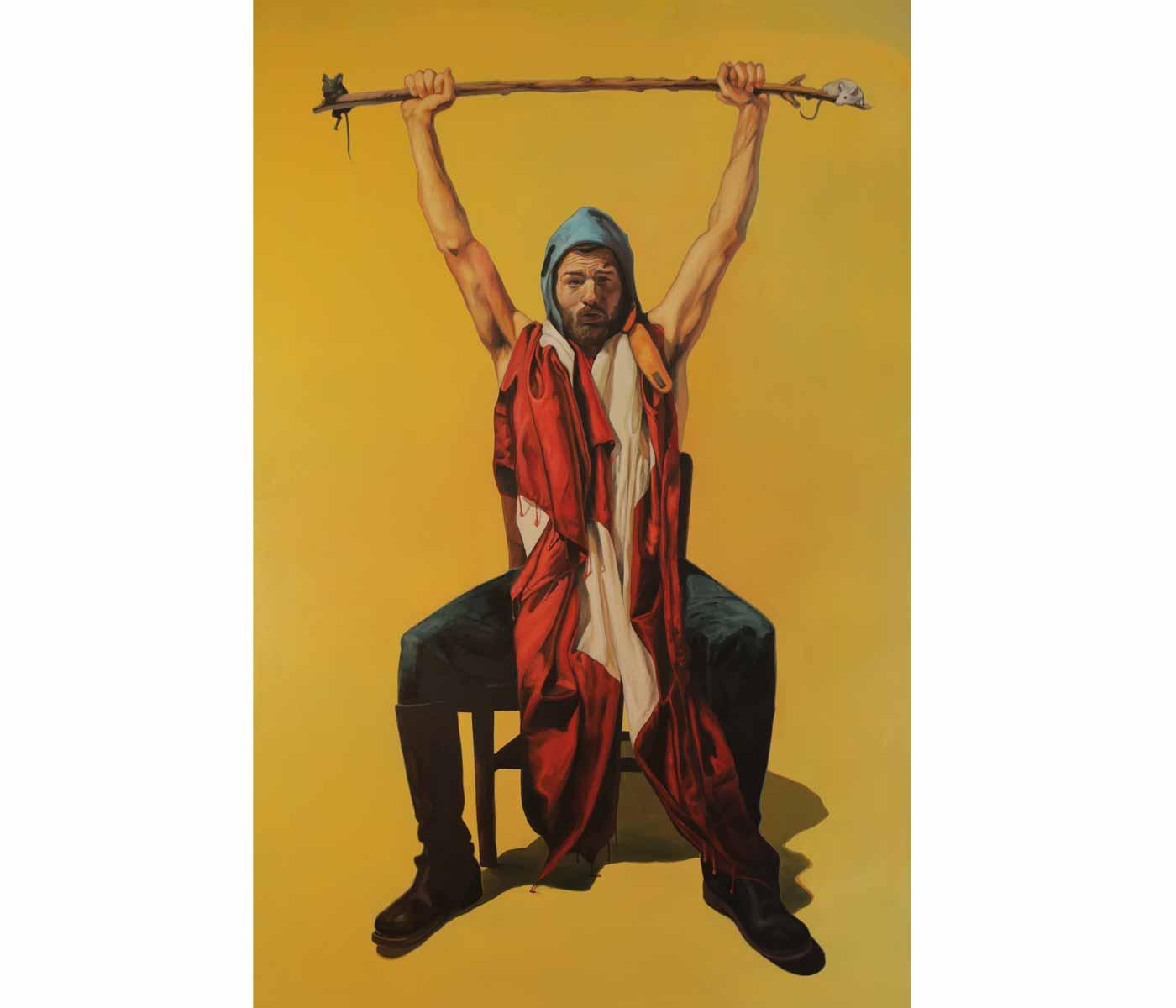If you assume that Scott Avett’s artwork is noteworthy only because of his career as a musician, think again. By viewing the term “art” as an umbrella covering all creative forms, this modern Renaissance man has no need to limit himself.
The North Carolina Museum of Art (NCMA) hosts Avett’s first solo museum exhibit, Scott Avett: I N V I S I B L E, from October 12 to February 2, 2020. Work in a variety of media is on display, including paintings and printmaking, as well as pieces related to Avett’s musical career. Avett is represented by SOCO Gallery in Charlotte, NC, where he will have a solo exhibit of new work from January 22 through March 6, 2020.
Born in Wyoming in 1976 and raised in rural North Carolina, Avett earned a BFA from East Carolina University in 2000. The theme of life in the south that runs through Avett’s work may seem like regionalism, but he does not necessarily see himself as a Southern artist, though he still lives in North Carolina. Instead, he explores how digging deep to create such revealing, personal portraits can reflect a shared human condition.
Linda Dougherty, Chief Curator and Curator of Contemporary Art at the NCMA, describes his large-scale figurative oils as “…psychologically charged and emotionally intense. These portrayals are vulnerable, often intimate, and sometimes uncomfortably truthful.”





